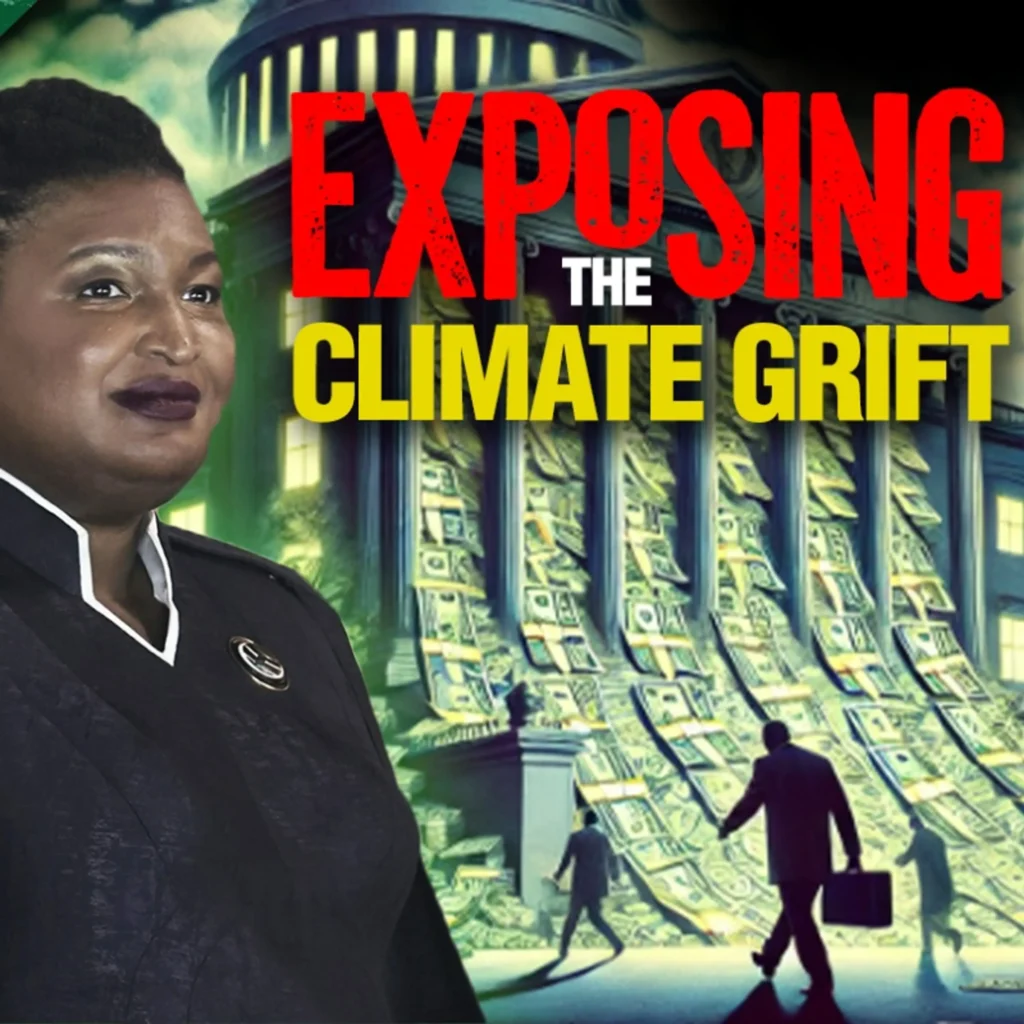
Walter Starck
Walter Starck is one of the pioneers in the scientific investigation of coral reefs. He grew up in the Florida Keys and received a PhD in marine science from the University of Miami in 1964. He has over 40 years worldwide experience in reef studies and his work has encompassed the discovery of much of the basic nature of reef biology. In this process over 100 species of fishes, which were new to science, were found as well as numerous, corals, shells, crustaceans and other new discoveries.
In 1958, while still an undergraduate student Dr. Starck began what was to become a 10-year investigation of the fish fauna of Alligator reef in the Florida Keys. As this was one of the first extensive uses of scuba diving for marine biological research it resulted in many new discoveries regarding reef biology. Over 20,000 scientific specimens were collected. This work recorded what is still the greatest number of fishes known from any single locale in the New World. The total was five hundred seventeen species, sixty of these had never before been found in U.S. waters and 19 were previously unknown to science.
In the early 1960’s he began the first extensive exploration of coral reefs at night. His photo story on this work in the January 1964 issue of National Geographic Magazine sparked the beginning of recreational night diving on reefs. In conjunction with this work he was among the first to adapt and use SLR cameras and electronic flash underwater. This in turn enabled the first underwater macro photography.
In 1964 he developed the optical dome port now used universally for wide-angle underwater photography. Using dome ports he was the able to make the first extreme wide angle fisheye and panoramic underwater pictures. In 1966 he used a dome port and fisheye lens to shoot the first extreme-wide (180°) cine underwater.
In 1968 he developed the Electrolung, the first electronically regulated, closed circuit, mixed gas scuba. This was a quantum jump in diving technology and was employed in a variety of advanced military, commercial, and research diving operations in the 1970’s. The U.S. Navy, Israeli Army Commandos, NASA, and the offshore oil industry were among its users. With the Electrolung Dr. Starck began exploring the deep reefs beyond the frontiers of compressed air diving. This was terra incognita where no one had gone before and many exciting new discoveries resulted.
In 1968 he took delivery on El Torito, a purpose built 150 ton research vessel he designed and equipped specifically for coral reef research, exploration, and film work. Its facilities included a lab, library, machine shop, diving chambers, an amphibious ATV, a 2 person enclosed Diver Transport Vehicle, and an amphibious ultralight aircraft of advanced design which he built himself . With this vessel he conducted extensive reef work for the next 20 years ranging from the Caribbean to the South Pacific.
Dr. Starck has participated in numerous other marine biological expeditions around the world including the Bahamas, the Caribbean, the Mediterranean, the Indian Ocean and the Eastern and Western tropical Pacific. Since 1978 his home has been in the far north of Queensland in Australia. From here he carried out ten years of work on the Great Barrier Reef.
In addition to his extensive coral reef investigations Dr. Starck has also conducted long term studies on the biology of the lemon shark and on the worldwide distribution of the billfishes (i.e. the marlin, sailfish and spearfish family). His research has been carried out under grants and contracts from the National Science Foundation, the Office of Naval Research, the National Geographic Society, the Engelhard Foundation, the Marine Research Foundation and his own personal funding.
In retrospect this was a truly unique era as he was among the first to personally enter and explore the oldest and richest of all life’s communities on Earth, tropical coral reefs. Going where no human had ever been, discovering phenomena no one knew of and exotic creatures whose existence was previously not even suspected were an everyday experience not to be repeated until someone steps foot on another world prolific with life.
Other Technological Development
Throughout his career Dr. Starck has been extensively involved with development of the technology required to facilitate his activities. In several instances patented inventions and commercial products have resulted. In addition to the optical dome port and the Electrolung other noteworthy achievements in this area have been: The Bangstick, a hermetically sealed underwater firearm for hunting and defense. Underwater housings for numerous cameras and instruments. Underwater lighting systems. A multipurpose commercial waterproof electrical connector. Design of the unique research vessel El Torito, a 9 meter high-speed diving launch, a 24 passenger eco-tourism vessel, and the Oceanic 8000 Longboat. The longboat was a long narrow high efficiency powerboat inspired by the efficiency of the log canoes of the Solomon Islands. He has also built and flown an amphibious aircraft of advanced canard wing design using high technology composite materials.
Writing and Publications
He has written over 100 articles and books. These include numerous technical and peer reviewed scientific studies as well as many articles in leading popular publications. Among the latter are articles in Sea Frontiers, Skin Diver Magazine, Australian Natural History, Penthouse and three stories for National Geographic Magazine. He has also written poetry, film narratives, text for an interactive CD-ROM and magazine style articles published on various Internet web sites. Dr. Starck and the explorations of the El Torito have been the subject of numerous articles by various authors and two books by Wade Doak (Sharks and other Ancestors andIslands of Survival).
Still Photography
Began underwater photography in 1954 and was among the very first to adapt and use single lens reflex cameras, electronic flash, and macro, telephoto, and extreme wide angle lenses underwater. Wrote the book The Art of Underwater Photography published in 1965. His photography has been widely published in conjunction with his writing.
Film and Video Production
Dr. Starck has produced some 18 documentary films and videos. Most have involved marine exploration including extensive underwater photography. Others have featured the rain forest and ethnographic themes relating to island peoples, their beliefs and ways of life. Eight of them have been for television and between them have been broadcast in over 50 countries. In addition to producing his own films Dr. Starck has filmed and assisted with numerous other productions.
Web, Computer, and Multimedia
Has used personal computers since 1981 for a broad range of applications including data analysis, CAD, desktop publishing, image processing, audio & video editing, interactive multimedia development and web site design.
Resource Management Consulting and Writing
For the past six years he has devoted full time effort in trying to inject a rational perspective on human ecology into the eco-mania that has become epidemic in our declining Western economies. His criticisms of the poor science and blatantly false claims widely used to support various environmental agendas has resulted in numerous personal attacks by opponents who have no answer to the evidence he presents. Commonly these attacks are not exaggerations, but are utter fabrications having no relation to reality. His response to a government minister’s suggestion that he has no credibility because he lacks credentials provides additional information on his scientific background may be read HERE. For additional information do a search in Google Scholar on “Walter Starck“. It is interesting that critics purporting to be scientists can be so ready to make assertions that can so easily be exposed as false.
Walter Starck Contributions

- Climate Change
- Government & Politics
- Environment & Energy
- Government & Liberty

- Climate Change
- Environment & Energy

- Climate Change
- Environment & Energy

- Climate Change
- Environment & Energy


